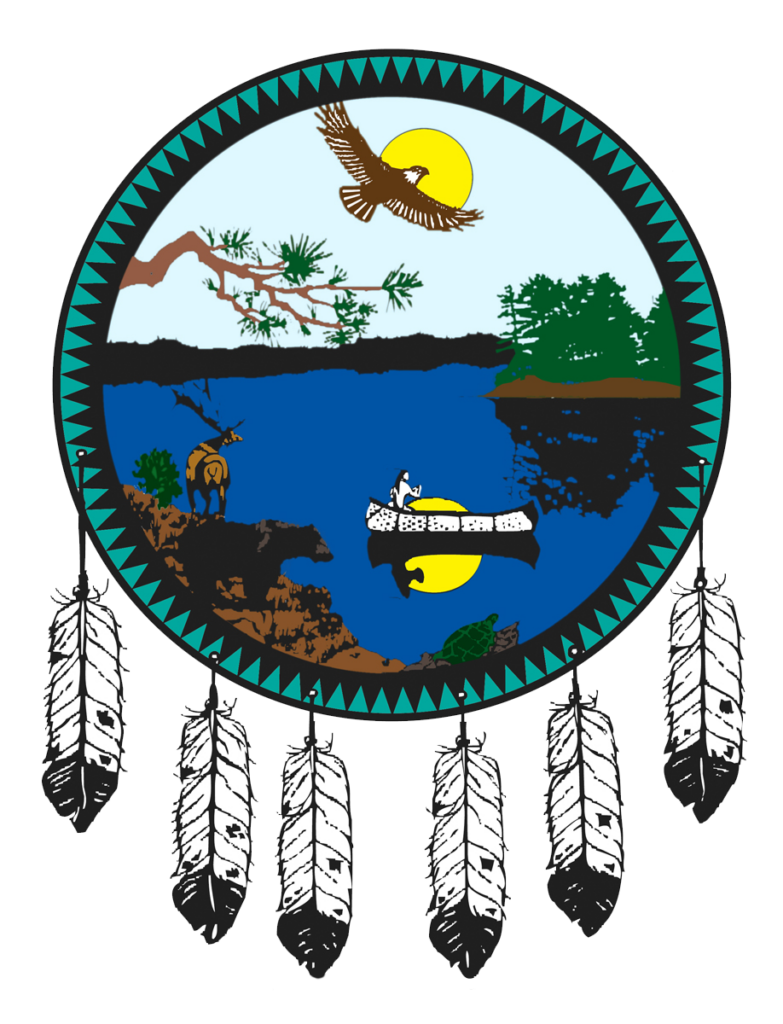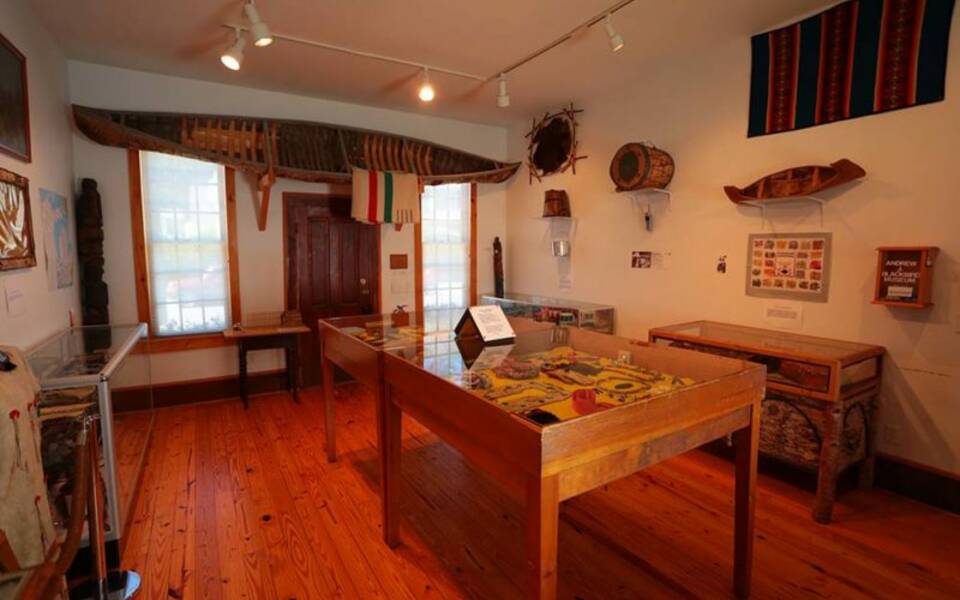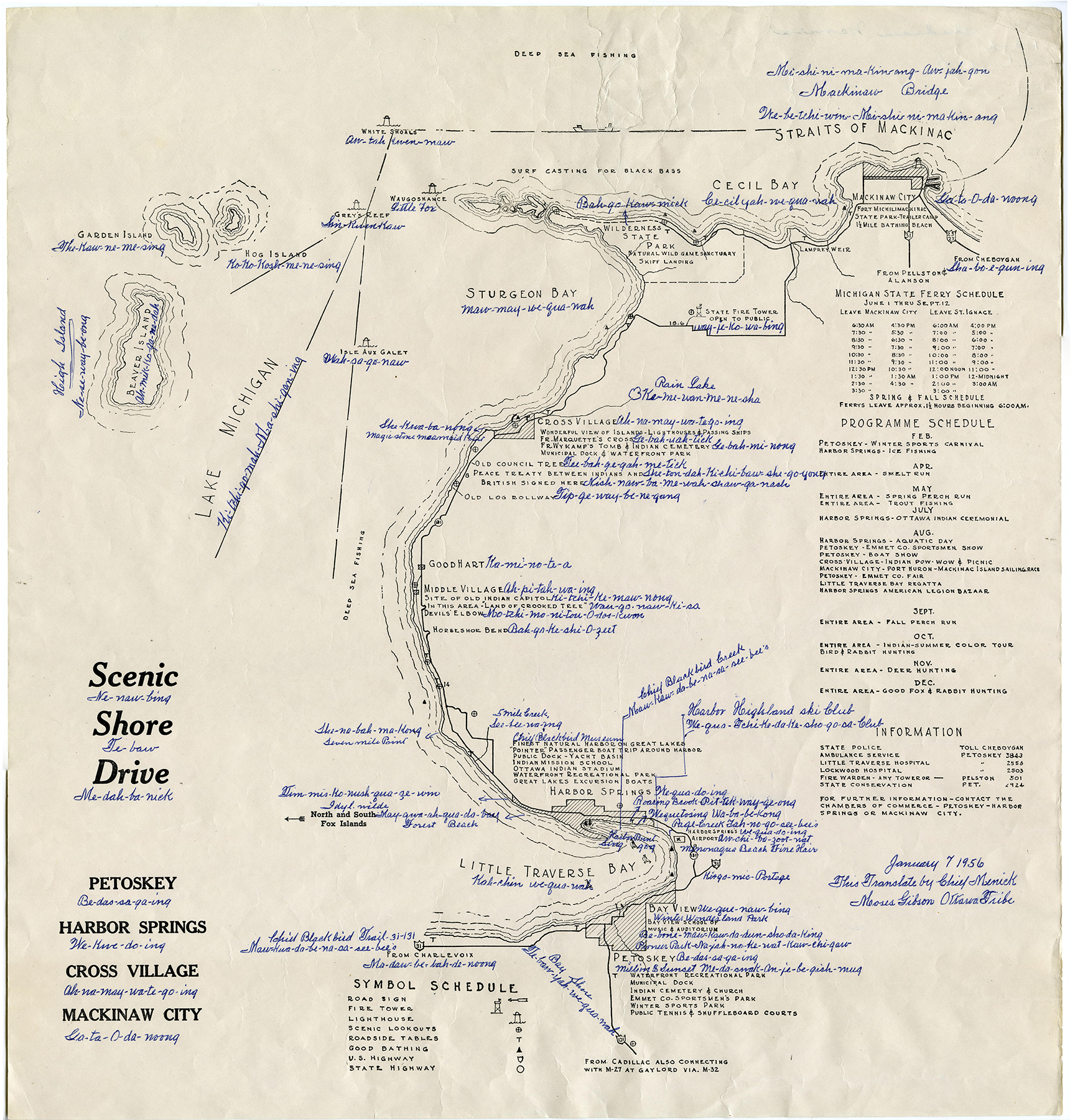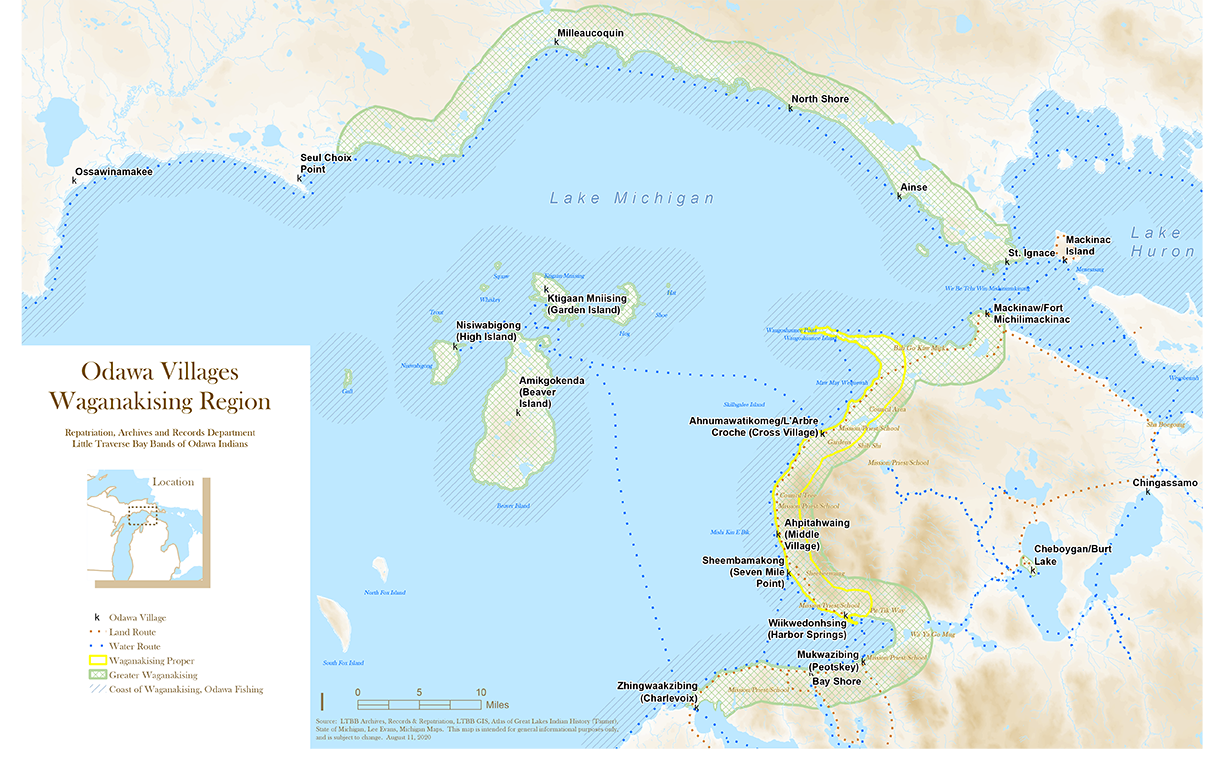Native American History & Culture
Waganakising Odawak
The following information and images were provided by a source at the Little Traverse Bay Bands of Odawa Indians and is a brief overview of how they came to be what they are today. For additional information about the tribe, its hosted events, and latest news visit their website here: https://ltbbodawa-nsn.gov/
Little Traverse Bay Bands of Odawa Indians (LTBB)
The Little Travers Bay Bands of Odawa Indians (LTBB), traditionally known as the Waganakising Odawak, is a federally recognized Indian tribe. The tribe’s ancestral homelands are the Upper Great Lakes, with the heart being Waganakising (Land of the Crooked Tree). Today this is known as Emmet County. The Waganakising Odawa today have approximately 4,600 members enrolled, with the majority living in Michigan. Today, the LTBB Odawa tribal government provides services and resources for its populations, works to protect the environment, and partners with numerous governments and organizations. On September 21, 1994, Senate Bill 1357 was signed into law by President William Clinton. This congressional legislation reaffirmed the federal trust relationship between LTBB Odawa and the United States of America.
The original language of the Odawa is Anishnaabemowin. This language is shared with the Ojibway and Potawatomi nations of the Great Lakes. The Odawa, Ojibway and Potawatomi together are the Anishnaabek. Within the Anishnaabek are numerous, sovereign tribal nations, such as LTBB Odawa. While many tribes have shared kinships, they are sovereign in their governments.

Little Traverse Bay Bands Official Logo
The tribe has overcome numerous obstacles to maintain its place in their homelands. From fighting wars, avoiding forced removal, navigating forced assimilation policies, and advocating for their rights, LTBB Odawa have maintained a place for themselves and future generations in Waganakising. Dedication to traditions and the land have been instrumental in ensuring the Odawa never left. The Odawa are a water people and being by the Great Lakes ensured the tribe would always be provided for with fish, ability to travel and cultural connections. A time honored tradition of caring for the ancestors, today called Ghost Suppers, is one of many traditions that has kept communities in touch with their traditions and families. The Odawa have adapted over the centuries yet have retained many of the beliefs and cultural practices of their ancestors.
History
The Creation or Beginning of the Anishnaabek- Various creation stories and beliefs are still within the Odawa communities of Waganakising. Some creation beliefs center on the origin of the Anishnaabek in the east, followed by a great migration that brings the people west to present day Michigan and other locations in the Great Lakes. A shared belief in the migration stories from the east is that the Anishnaabek followed the water, with significant locations being Niagara Falls, the Straits of Mackinac, Sault Ste. Marie and the Apostle Islands. There are many other sacred locations on this journey. Various bands of Anishnaabek would settle at different locations.
To honor and respect all creation stories, no single belief is selected. This timeline wants to acknowledge the history and presence of the Odawa in Michigan before the arrival of Europeans in the 17th century. The majority of pre-contact oral traditions do not have a specific time associated with them. The emphasis is on the event, place, spirits and people associated with the event and not the exact date. The beginning of this timeline utilizes Odawa oral traditions, as well as archeological sites that have been discovered in Northern Michigan.
The Odawa, Ojibway, and Potawatomi hold a great council at Mackinac Island. Here they decide which tribe will go and settle within the Gitchi-Gumek (Great Lakes). The Ojibway go north and west (Ontario, Western Upper Peninsula, Wisconsin, and Minnesota), the Potawatomi go south and west (Southern Lower Peninsula, Indiana, Illinois, and Wisconsin and the Odawa stay at in the Upper Great Lakes (Northern Lower Peninsula, northern portions Lakes Huron and Michigan)

Louis Adams, LTBB Odawa and WWII Veteran
Odawa villages have historically been located in the Upper Great Lakes, ranging from Ontario to Wisconsin. The heart of the Odawa homelands has always been the western coast of Michigan and Manitoulin Island.
The Odawa trade food, goods and information with other tribes in the Great Lakes, including the: Potawatomi, Ojibway, Cree, Wyandot (Huron) and Nippising.
Sagimaw and his war party is insulted by the Mouscodesh tribe at Seven Mile point, resulting in the subsequent expulsion of the Muscodesh from Michigan by the Odawa. Approximately 1400.
Where to Experience Tribal History Today
Also listed in more detail in our Historical Sites/ Museums section, here are some significant places and museums where you can learn more about the Odawa Culture and History. Please refer to the maps as a reference.
- Little Traverse History Museum, Petoskey
- Harbor Springs History Museum, Harbor Springs
- Andrew J. Blackbird Museum, Harbor Springs
- The King House, Good Hart
- St. Francis Solanus Indian Mission Church, Petoskey
- Middle Village Park, Good Hart
- Mackinac State Historic Parks, Mackinaw City

Andrew J. Blackbird Museum Pictured Here
Timeline of Historic Events
The following timeline was provided by the Little Traverse Bay Bands of Odawa Indians. For more or to follow up on any of this information please visit their website. They provide a digital version of “Our Land and Culture: A 200 Year History of Our Land Use” that provides additional info to the brief list provided below.



